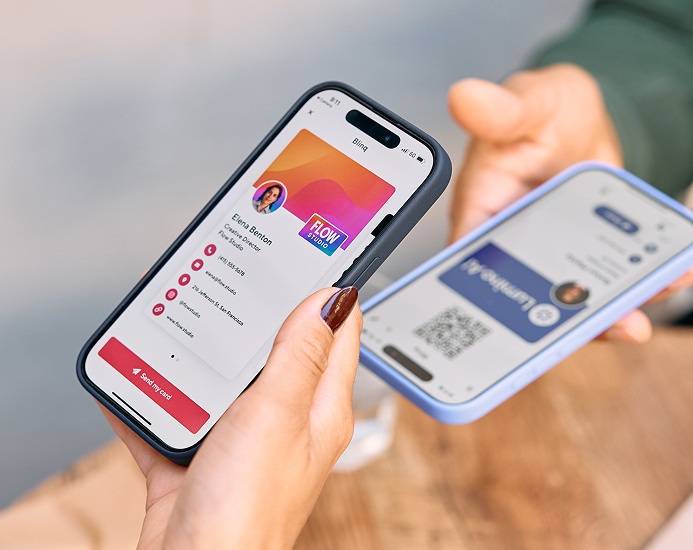Key Takeaways

In its simplest definition, a brand is an intangible marketing or business concept that helps people identify a company, product, or individual. But if a brand is ‘intangible’ that means you can’t touch or see them. So, what does that actually mean in reality?
The brand game is all about creating positive perceptions of a company, a product or an individual. Brands have immense value for organizations of any size, from a sole trader like a real estate agent or personal trainer to an enterprise employing hundreds of people.
Creating a solid perception for your brand is crucial to your success. To do that you not only need to understand what it is that you are selling, but also how and where and why a customer interacts with you, your business and your products.
If you understand all this, you’ll be able to shape your corporate and brand identity and define what you stand for, how you want to appear to others and what you want to be known for.
What’s the payoff?
The benefits of understanding and consistently applying your brand identity are many fold:
- Competitive advantage: positive brand perceptions can help you stand out and be memorable in your marketplace. This has a knock on effect to every part of your business, from extra referrals, increased search volumes and lower conversion costs. All of these contribute to your revenue and your overall ‘brand value’.
- Provides direction and purpose: knowing the persona of your brand gives you a compass for decision making, if your purpose is to be helpful for customers you will remove all barriers preventing this.
- Recruitment and bonding: creating and maintaining an attractive brand will draw talent towards your business and make your workforce more cohesive, everyone knows what the company stands for and can embody the brand for you.
- Soften the blows: a strong brand can protect a business from reputational harm. You’ll find customers are more likely to forgive minor indiscretions if their perception of your brand is positive.
There are no shortcuts
Building a brand takes time, effort and patience. Skimping in one area will invariably lead to uncomfortable trade-offs elsewhere. For example, spending all your budget on flashy advertising only to be let down by poor order fulfilment.
When you’re looking at how to build your brand, a useful exercise is to think about the key touch points your customers have with your brand. This doesn't have to be specific to a channel or media type, think about where your customers will encounter and engage with you. Touch points can range from when a customer first encounters you, to the experience they have trying to pay you.
Next, think about the brand experience customers will have when they encounter your brand, what is the lasting impression you want to imprint upon them. Do the touch points you’ve identified do this well enough?
For example, if you work for a challenger brand, are you being distinct enough to stand apart from your competitors? Are you separated by more than a logo or colour scheme? What makes your brand and the experiences you deliver different and more appealing than the category leaders? If you’re a freelancer, get these differentiators into your personal brand statement.
Positive brand experiences foster deeper connections with your audience and ultimately deliver results for your business. A negative brand experience can be the difference between winning and losing a customer.
Post pandemic brands
We all know there is no substitute for personal business relationships. Throughout the pandemic we’ve had to eschew many business norms; the handshake, networking events, team building days. While you might be glad to have dropped some of those, many businesses have been left scrambling to adapt and provide their teams with top of funnel moments to connect with customers.
An easy place to start is your business card. That sounds a little archaic doesn’t it? For many of us, traditional paper business cards are little more than litter, destined for the bin moments after a conversation ends. Plus we’re all a bit squeamish these days about picking up slightly sweaty paper cards from strangers anyway.
We’re finding that an ever increasing number of companies are turning to contactless, hygienic and infinitely more useful digital business cards to empower their teams. Not only do they give a wow moment for the customer, they also reflect positively on the brands associated with them.
So they’re not just better for the environment, they’re better for the recipient and the user too. These are the new normal top of funnel interactions that successful brands are mastering and integrating into their digital first approach to doing business.
Digital business cards help to grow your network, your business and positive brand perceptions. It’s a great time to make the change and Blinq is championing those who do. We’re offering a 30 day free trial of Blinq Business for new users, so what are you waiting for?
Blinq digital business cards: the best way to grow your personal brand.






